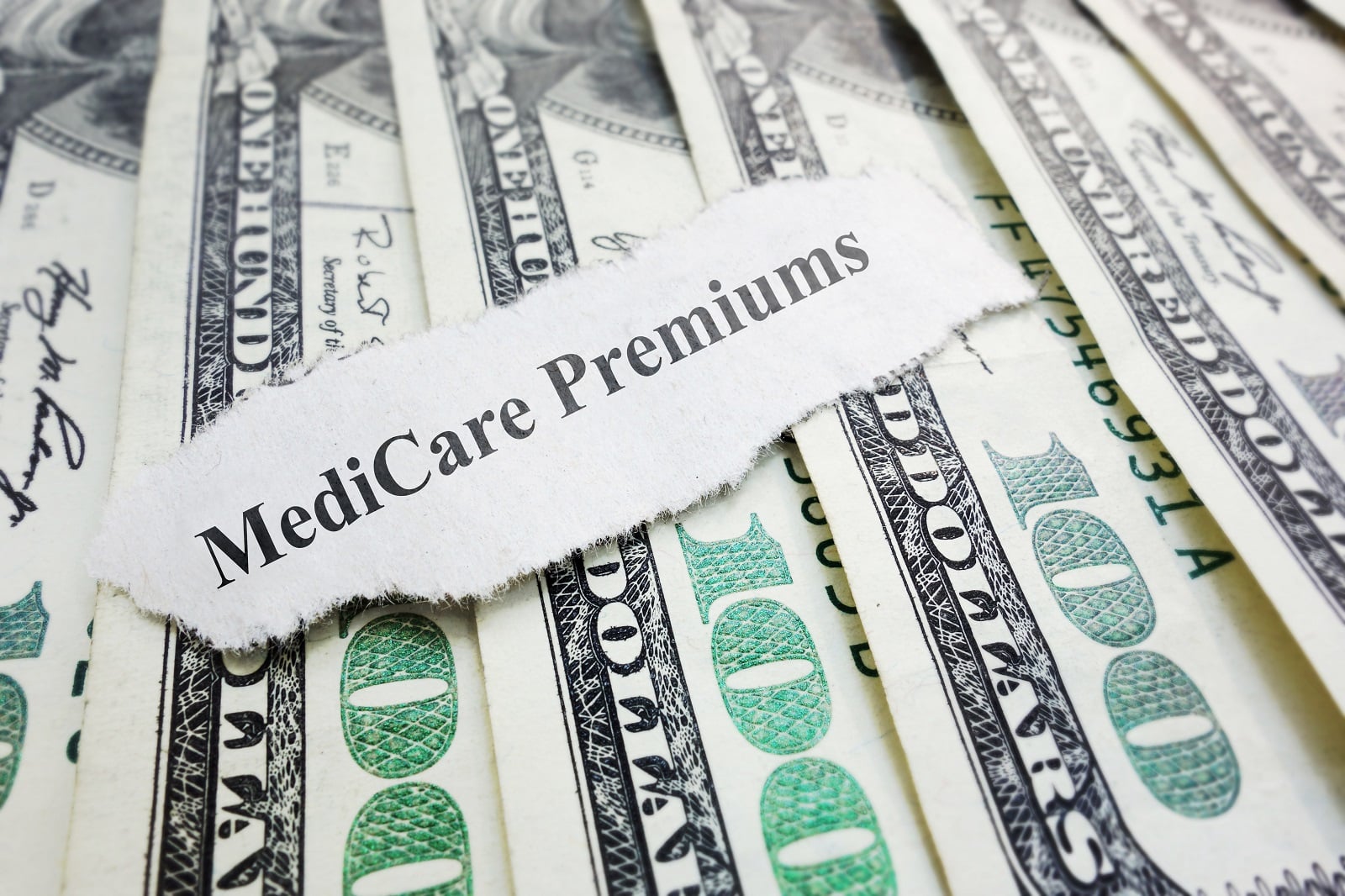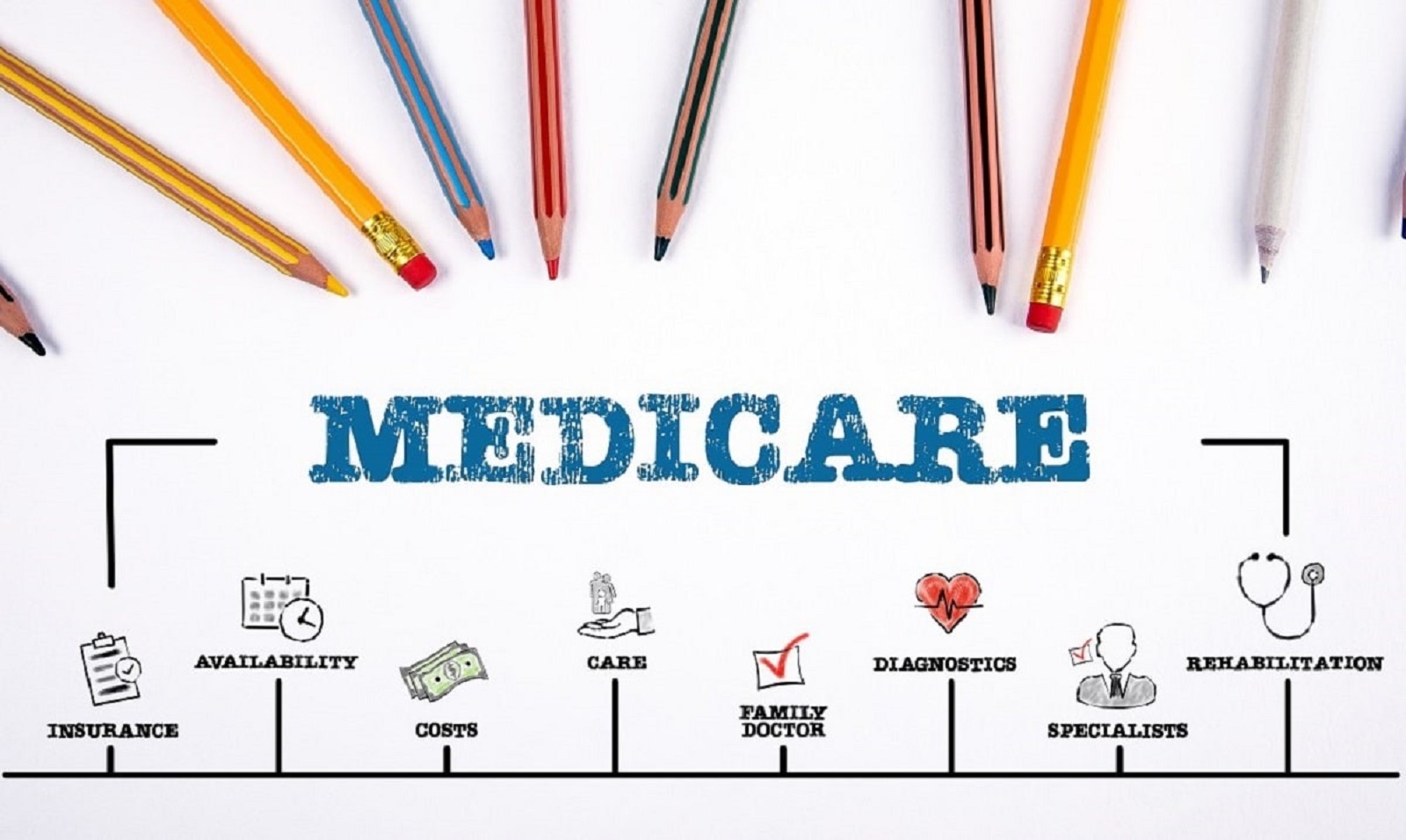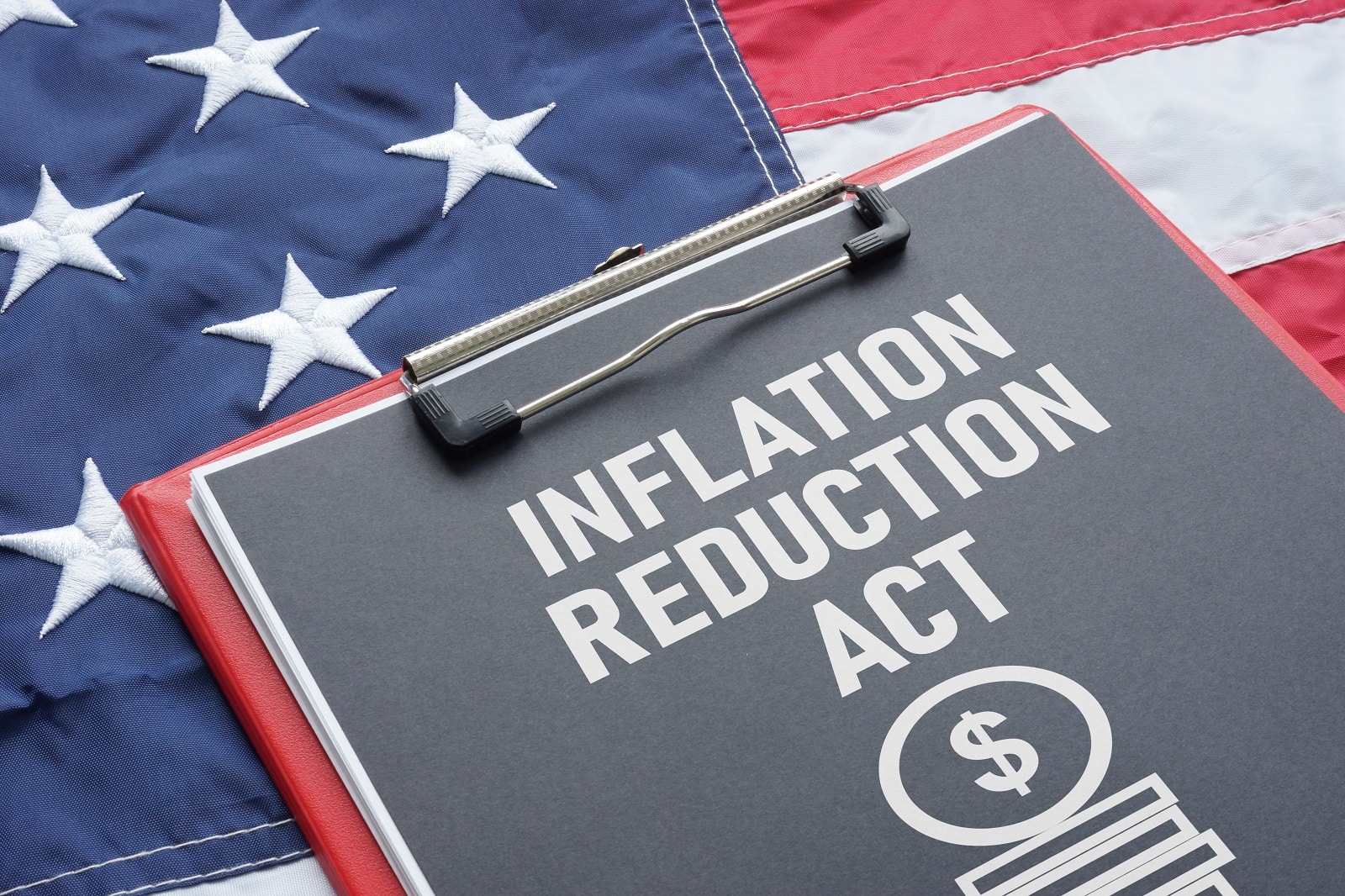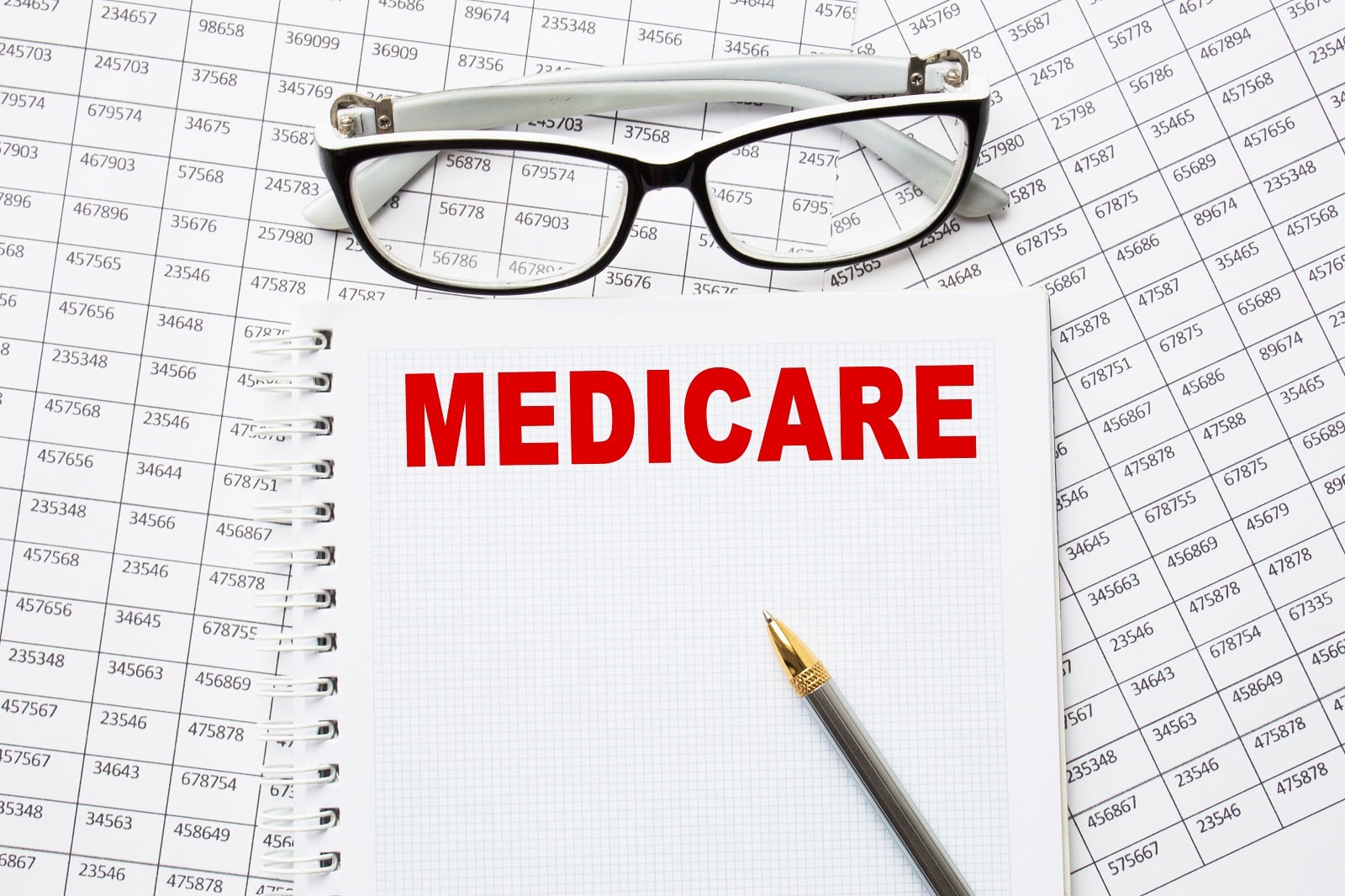Those approaching the age of 65 may be looking forward to enrolling in Medicare, and assume the program will cover most healthcare expenses. However, new data shows that Medicare is not the one-stop solution many had hoped for regarding healthcare costs.
Facing Financial Hardship

The latest study from The Commonwealth Fund (CF) raises concerns about the financial hardships faced by older Americans enrolled in the system, begging the question: Is Medicare really affordable for the aging population?
Medicare Misconceptions

The CF study noted there is a widespread belief that once someone qualifies for Medicare, they can breathe a sigh of relief. However, it’s not that simple.
There are gaps in Medicare coverage that many people fill with additional plans like Medigap, coverage through former employers, or Medicaid. Unfortunately, not everyone can afford these extra plans or even qualify for them.
Exploring Private Options

Some opt for coverage via Medicare Advantage plans, offered by private companies approved by the government. However, the study found that people with Medicare Advantage plans face similar problems of underinsurance and cost-related barriers to healthcare.
These problems are occurring despite the Advantage plans potentially demanding lower cost-sharing levels and, in some cases, covering benefits not included in traditional Medicare.
Whether enrolled in traditional Medicare or opting for Medicare Advantage, the CF data shows affordability remains a persistent challenge for participants.
Coverage Falls Short

Using insights from its Biennial Health Insurance Survey, CF investigated the prevalence of beneficiaries classified as “underinsured.” Essentially, these people are insured throughout an entire year, but their coverage does not enable affordable access to health care.
Cost Is a Major Barrier

Unfortunately, the burdens on seniors include high out-of-pocket costs or cost-related barriers to actually receiving care. In other cases, some participants have problems paying medical bills or Medicare premiums.
High Out-of-Pocket Expenses

According to the study, about one in five adults aged 65 and older enrolled in Medicare face high out-of-pocket costs relative to their income. Furthermore, people with low incomes, below 200 percent of the federal poverty level (FPL) — which in 2022, was $27,180 for an individual or $36,620 for a couple — had the highest rates of underinsurance.
Unaffordable Premiums

Similarly, more than one in five adults reported they struggled to pay premiums. For those on low incomes, this number doubled. Perhaps even more concerning is the fact that about a quarter of adults reported skipping prescriptions, recommended treatments, or needed specialty care because of the cost.
In addition, about one in six said they had problems with medical bills and debt, reporting they could not pay for necessities like food, heat, or rent.
Understanding the Net Cost of Health Insurance

This issue becomes even more pressing when considering the data according to the Centers for Medicare & Medicaid Services. The National Health Expenditure Accounts (NHEA) are the official estimates of total healthcare spending in the United States.
For more than 60 years, the NHEA has measured expenditures across the spectrum for healthcare goods and services, public health activities, government administration, the net cost of health insurance, and investment related to health care.
$4.3 Trillion in Healthcare Spending

In 2021, healthcare spending reached $4.3 trillion, accounting for nearly one-fifth of the nation’s Gross Domestic Product. So, while the country is spending more on healthcare, it appears that older Americans enrolled in Medicare are not necessarily reaping the benefits of this enormous investment.
Concerns for Retirement Affordability

The challenge of affording healthcare is also part of a larger, distressing financial landscape for all Americans. With inflation at its highest in four decades and the cost of living constantly rising, financial stressors are mounting on all fronts.
Postponing Retirement

Retirees’ confidence is shaky as the number of those who believe they can live comfortably throughout retirement has dropped significantly in the last year.
Elderly Americans Not Ready for the Financial Burden

Given that today’s 65-year-olds can expect to live another 20 years, according to the Social Security Administration, it only intensifies the situation.
Long-term Care Affordability a Major Concern

Analysis by the National Council on Aging uncovered that most elderly Americans do not have the means to handle unexpected financial burdens like long-term care, health challenges, or a drop in income.
Lasting Impacts on Health

The government set up Medicare to help people with high medical expenses and stable but limited incomes feel more financially secure. However, many older Medicare participants clearly still find healthcare costs are a problem. The CF findings indicate the affordability challenges could have lasting implications for both their health and financial well-being.
Inflation Reduction Act Offers Little Relief

While upcoming policy changes like the Inflation Reduction Act might offer some relief by allowing Medicare to negotiate drug prices and cap out-of-pocket costs for specific prescriptions, the problems are not limited to medication costs. For adults over 65, particularly those with low incomes, paying for other types of healthcare continues to be a considerable burden.
Navigating the Spiralling Costs

The CF study provides a much-needed wake-up call, highlighting the struggles of older Americans in navigating not only the financial challenges of Medicare, but also the spiraling cost of living. With an aging population, the worrying trend shows no signs of becoming less complex.
Savings Strategies Are Paramount

According to the 2020 Census, the number of people aged 65 and over grew nearly five times faster than the total population over the 100 years from 1920 to 2020. It is little wonder strategies for savings are becoming increasingly important.
Understanding the System is Key

To address these challenges, experts recommend that retirees consult with certified financial planners for personalized management strategies. Alternatively, local State Health Insurance Assistance Programs provide unbiased advice to those seeking help regarding the Medicare system.
It’s Never Too Early to Get Started

For younger Americans still in the planning phase, early contributions to Health Savings Accounts or investments in long-term care insurance can provide compelling benefits.
Medicare’s Limitations

As the limitations of Medicare continue to emerge, proactive planning and professional advice are increasingly essential for both present and future retirees.
23 Steep Taxes Adding to California Residents’ Burden

California: a place of sunshine, innovation, and, unfortunately, some of the nation’s highest taxes. From LA’s beaches to Silicon Valley’s tech hubs, residents grapple with a maze of state taxes. Here’s a glance at 23 taxes that might surprise both Californians and outsiders. 23 Steep Taxes Adding to California Residents’ Burden
Cash in on Nostalgia: 21 Toys Now Worth a Fortune

Time to dust off the boxes and find that once-cherished toy from your childhood. For collectors and enthusiasts, they items have become valued objects and they can be worth big bucks – are there any of these in your attic? Cash in on Nostalgia: 21 Toys Now Worth a Fortune
Millennials Don’t Buy These 19 Products Anymore

Millennials are changing consumer habits, quietly replacing once-staple products and traditions. Often criticized for their disruptive preferences, this generation is reshaping the marketplace with digital expertise, ethical buying, and a taste for the unconventional. Millennials Don’t Buy These 19 Products Anymore
10 Reasons Firearms Are Essential to America’s Fabric

Americans’ strong attachment to guns is influenced by constitutional rights, historical context, and cultural traditions. This article explores the cultural perspective driving their unwavering support for gun ownership, revealing the key factors shaping this enduring aspect of American life. 10 Reasons Firearms Are Essential to America’s Fabric
California’s 16 New Laws Raise Red Flags for Prospective Residents

California, celebrated for its beaches, tech prowess, and diversity, is now gaining attention for its recent legislation, prompting some residents to reconsider their residency. Explore the new laws of 2024 and the controversies and migration they’re stirring. California’s 16 New Laws Raise Red Flags for Prospective Residents
The post Medicare’s Stealth Costs: Older Americans Hit Hard by Hidden Fees first appeared on Thrift My Life.
Featured Image Credit: Shutterstock / Hananeko_Studio.
The content of this article is for informational purposes only and does not constitute or replace professional financial advice.

